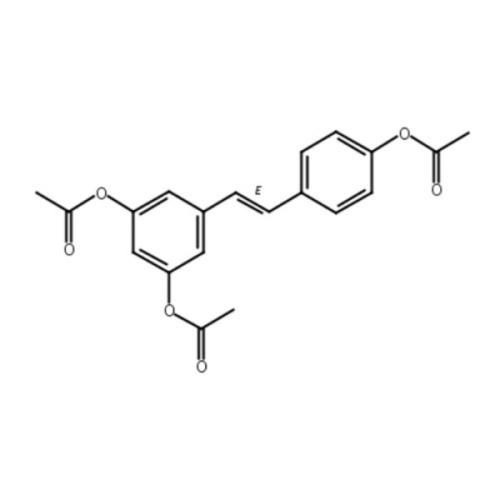At present, there are many methods and processes used in decolorizing traditional Chinese medicine, but they can be classified by the following methods.
First, remove the solubility of pigments in different solvents.
This is the most commonly used, the simplest and the less effective method.
1. Water extraction and alcohol precipitation: a small number of water-soluble pigments can be removed.
Alcohol extraction and water precipitation: most fat-soluble pigments can be removed.
2. Acid-base precipitation method: for example, when the impurity pigment is some flavonoid, anthraquinone and other phenolic acidic components, it can adjust the following PH3, and its precipitation.

Two, Remove the pigments in the two-phase solvent.
For example, when the impurity pigment is some flavonoid, anthraquinone and other phenolic acidic components, it can be adjusted by PH to more than 12, using organic solvent extraction method. At this time, the pigment is in the form of dissociation, and it is not suitable to be extracted.

Three, Separation according to the difference between pigment and active ingredients
1. physical adsorption: (adsorption force is the intermolecular force)
(1) polar adsorbents, such as silica gel and alumina. The hydrophilic pigment can be removed.
(2) nonpolar adsorbent: such as activated carbon, pulp, talcum powder and diatomite. Lipophilic pigments can be removed.
Activated carbon is an excellent adsorbent. It has strong adsorption capacity for pigments, bacteria, pyrogen and other impurities, and it also has the function of filtering.
There are a large number of micropores and gaps in it, with a surface area of 200-500m2/g.
Adsorption principle: most pigments are easily absorbed because of their conjugated double bond structure.
Methods of use: cold adsorption, thermal adsorption, carbon layer filtration and column chromatography.
2. Chemisorption:
(1) For example, alkaline alumina can be used to remove some phenolic acids such as flavonoids and anthraquinones.
(2) Ion exchange resin method: for example, flavonoids, anthraquinones, and other phenolic acid pigments can be removed by anion exchange resin.
3. Semi-chemical adsorption: polyamide and macroporous resin. The adsorption principle is hydrogen bonding, and the macroporous resin has some Vander Ed Ley effect.
Polyamides can form hydrogen bonds with phenolic carbonyl groups and phenolic hydroxyl groups of flavonoids. Hydrogen bonds can also be formed by the free amino groups on the amide bond with carbonyl groups on the quinones and fatty acids.
Four, precipitation method to remove pigment
Representative substance: lime milk.
The usual concentration: 20% – 30%.
The principle of decolorization: calcium ions in lime milk combine with the effective components and impurities in the liquid to form calcium chelates and calcium salts. Under the action of sulphuric acid, the calcium salts of flavonoids, anthraquinones, phenols, saponins, some alkaloids and calcium ions can be decomposed and dissolved into water. But tannins, some proteins, organic acids, polar pigments, polysaccharides and so on cannot be broken down.
Five, Removal of pigments by flocculant method:
1. The commonly used flocculants are as follows:
(1) gelatin type: tannin affects the stability of liquid and is easy to discoloration. Gelatin and tannin administrative complex can be used to precipitate together with suspended particles in water.
(2) ZTC1+1 natural clarifying agent:
It is divided into four types:
Type I: protein deproteinized
Type II: decolorization clarification
Type III: Traditional Chinese medicine oral liquid and granule type, can replace alcohol precipitation method, to remove unstable ingredients and filter aid.
Type IV: injection type, mainly to improve clarity.
(3) 101 juice clarifier:
(4) Chitin and chitosan: chitin is acetylated from chitin. They are natural cationic flocculants.
2. Factors affecting the clarification effect:
(1) The amount of clarifying agent
(2) The preparation concentration and order of the clarifying agent
(3) The concentration of the liquid itself
(4) The effect of temperature on flocculation
(5) The effect of PH on the liquid
(6) Influence of stirring speed and stirring time
(7) The effect of flocculation and precipitation time
Six. Membrane separation and removal of pigments
The most commonly used ultrafiltration technology
For more information, please visit http://www.stanfordchem.com/
